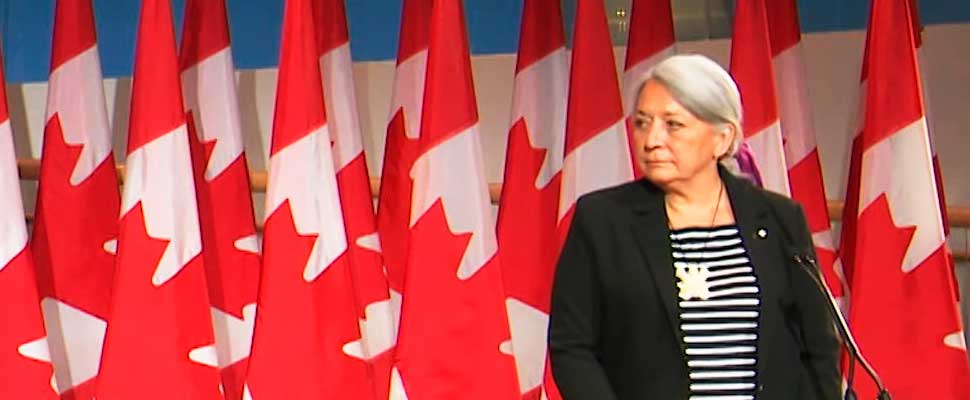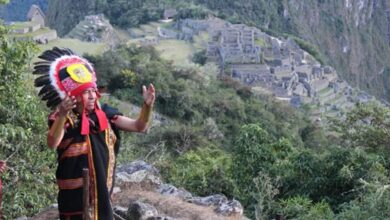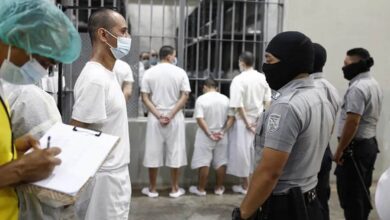“I can confidently say that my appointment is a historic and inspirational moment for Canada, and an important step forward on the long path towards reconciliation,” she expressed.

The Woman Post | Laura Valentina Cortés Sierra
Listen to this article
In her first speech, Mary Simon started by saying some words in the Inuktitut language. “I can confidently say that my appointment is a historic and inspirational moment for Canada, and an important step forward on the long path towards reconciliation,” she expressed. During her first intervention, she also emphasized she wanted to learn French, although she was not allowed to learn it in her early years.
When referring to the recent founding of mass graves of indigenous kids near churches she expressed “During my time as Governor-General I will work every day towards promoting healing and wellness towards Canadian society. To me, that means stopping, to fully recognize, memorialize and come to terms with the atrocities of the collective past that we are learning more about each day.”
Simon takes the position of Julie Payette, who left office in January due to accusations of workplace harassment and reports that indicated that she led her team in a "toxic" and "poisonous" way. More than six months later, Canadian Prime Minister Justin Trudeau confirmed at a press conference that Queen Elizabeth II has accepted Simon's recommendation for the position, as stated by CBC.
Simon has been president of the national organization of the Inuit tribe, the Inuit Tapiriit Kanatami. She also worked in the media as a radio hostess and was dedicated to the defense of the rights of indigenous peoples, pushing access to healthcare, mental health, and better education. In those roles, she also helped negotiate the first land claims agreement in Canada. She was the first Inuk to hold a Canadian ambassadorial post ever, when she served as Canada’s ambassador for circumpolar affairs, helping with the establishment of the Arctic Council, and as ambassador to Denmark.
Also read: STRONG CULTURAL TRENDS THAT IMPOSE CLOTHING FOR WOMEN
Simon was born in Nunavik in northern Quebec. Her mother is an Inuk and her father is a non-Indigenous man. According to her speech, she spent many months of her adolescence living a traditional Inuk lifestyle. She believes this allows her “to be a bridge between the different lived realities that together make up the tapestry of Canada.”
Simon's appointment to office coincides with the recent discoveries of anonymous graves near various indigenous assimilation boarding schools. These government-sponsored religious schools were created to remove Indigenous children from the influence of their own culture and “assimilate them” into the dominant Canadian culture. According to the National Centre for Truth and Reconciliation, while the system was in place, for more than a hundred years, around 150,000 children were placed in residential schools nationally.
The process of Assimilation included that the kids' hair was cut, they were stripped of their traditional clothes and given new uniforms. In many cases, they were also given new names. An estimated 4,000 to 6,000 children died at residential schools according to the report Honouring the Truth, Reconciling for the Future. Amongst the causes of the kids’ deaths were physical abuse, malnutrition, disease, and neglect, as well as suicide or consequences of trying to escape the schools. The recent finding of over 1,000 graves has shaken the country and protests for indigenous' rights have been happening across Canada. The appointment comes in times of turmoil due to the historical reality of Canada’s mistreatment of Indigenous people.
During her speech, Simon said she wanted all Canadians to feel part of the moment because her appointment reflected collective progress towards building a more inclusive, just, and equitable society. She added, “the past is something we have to come to terms with but I am going to look forward to ensuring that Canadians together will build a better Canada.”
Her hiring came with some resistance as a columnist for the Globe and Mail, Tanya Talaga said “It would be a shocking ask of any Indigenous person considering that the monarchy has spent centuries looking the other way while crimes of colonialism were being committed”. According to the Washington Post, Simon expressed she didn't see a conflict between her Indigenous identity and her new job representing the monarch in Canada.




